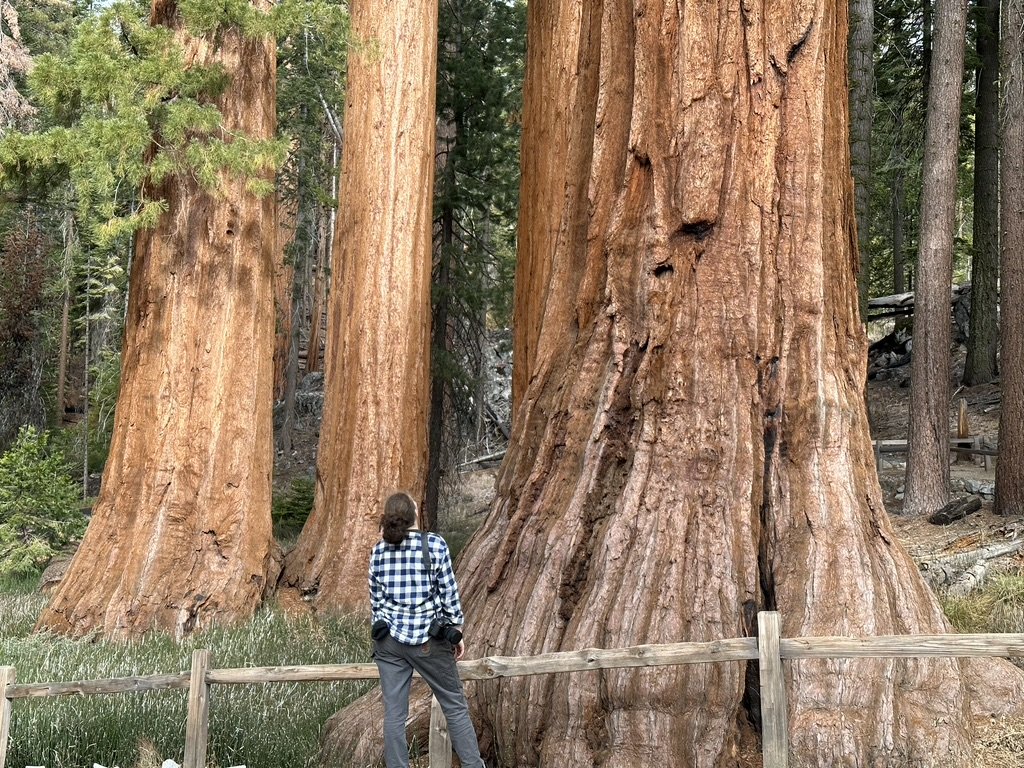A reading list for the advanced woodworker
While the phrase “learning something from a book” might be used to indicate a skill not learned as officiously or properly as one learned in person, we love books as a way to build skills, knowledge, and to connect us with makers and artisans of the past.
Below we’ve collected a list of several texts that will help build on existing knowledge and fill out any remaining gaps or techniques you’re looking for. Are we missing a favourite text of yours? Let us know!
The Why and How of Woodworking
by Michael Pekovich
A combination of design and philosophy, we find that the long-term woodworkers who visit us in store are looking as much for a philosophy of work as for techniques, and Pekovich delivers in this lovely book. This is a resource that you’ll find is constantly open on your bench.
Flexner on Finishing
by Bob Flexner
There’s a number of books on timber finishing, of varying qualities, but Flexner’s second volume is a real stand out. We’ve talked before about finishing often being left to late in the process to learn, and not just do, but every woodworker can benefit from a thorough and explorative understanding of wood finishes and techniques.
Tage Frid Teaches Woodworking
by Tage Frid
Across these three volumes, Frid’s work covers Joinery, Shaping Veneering and Finishing, and Furniture making in depth. His work reflects his Scandinavian heritage and a function-first approach to furniture and object design that we’re super into it. Even the most experienced woodworkers can find something new and useful in these tomes.
Fine Woodworking magazine
It’s not a single book, but back issues of Fine Woodworking contain an absolute wealth of information. You can get an online subscription or find a stack of back issues second hand or in libraries. We especially love the in-depth articles with makers about their process and design, and the tips and tricks for using existing machines and tools in clever ways.
If you’re interested in reading more about woodwork, the Graham Tilly Woodworking Library is open to the public during our opening hours, and has a seat where you can rest and read at your leisure. Good woodworking books, including the above texts, can often be found in second hand stores or op shops too. If you’re unable to find these books second hand anywhere, we recommend asking your local independent bookseller to stock them for you.
Got any books not listed that you recommend? Get in touch and let us know!










